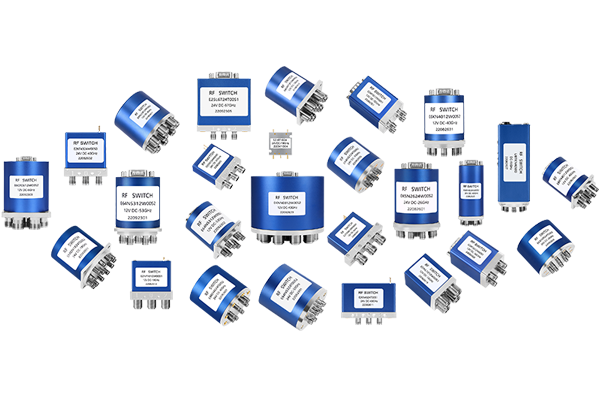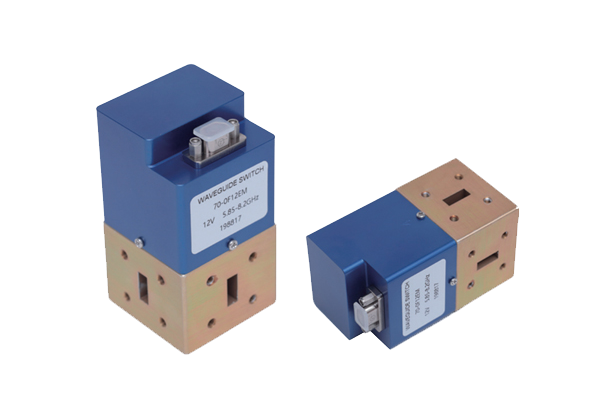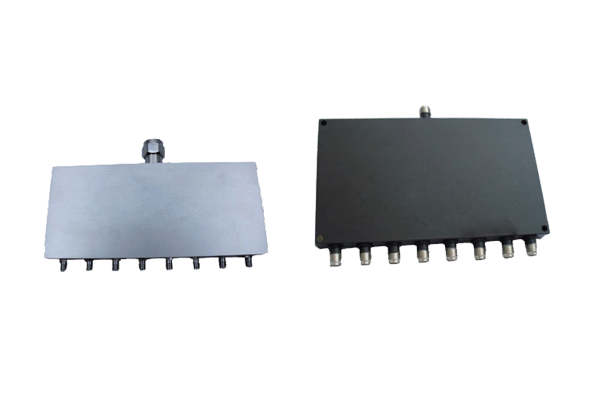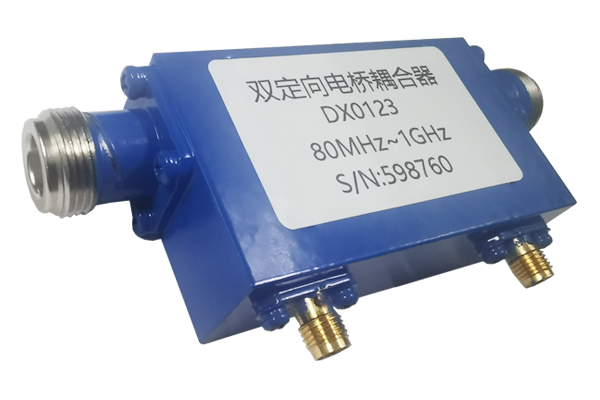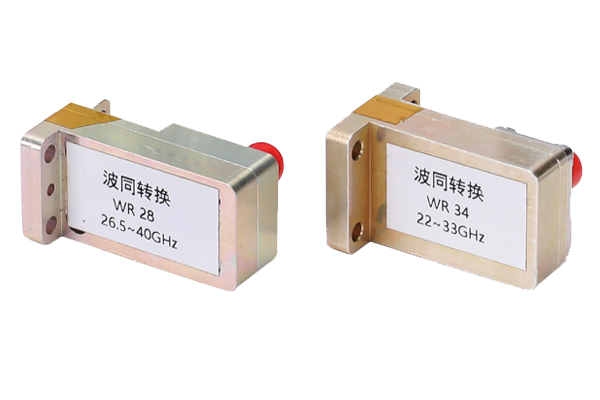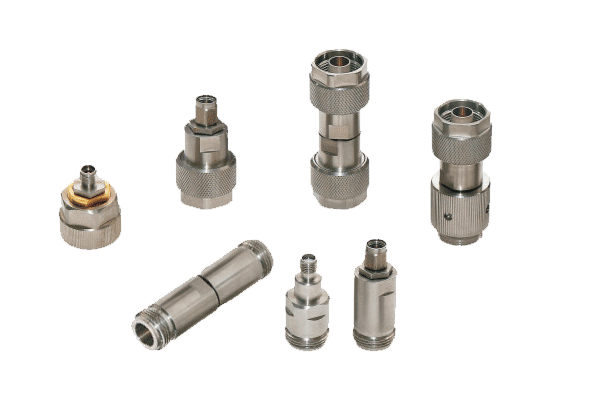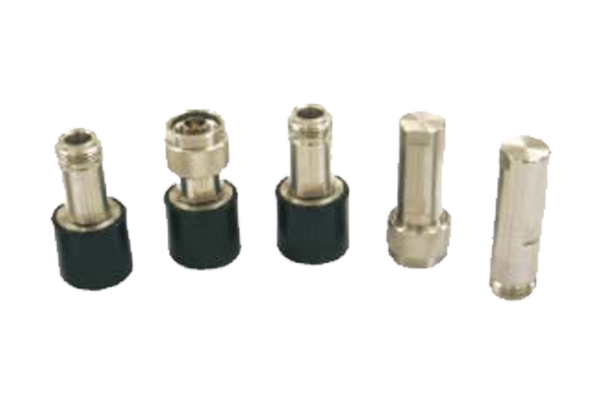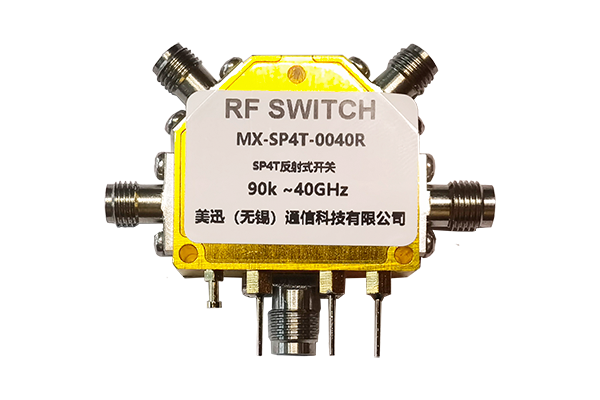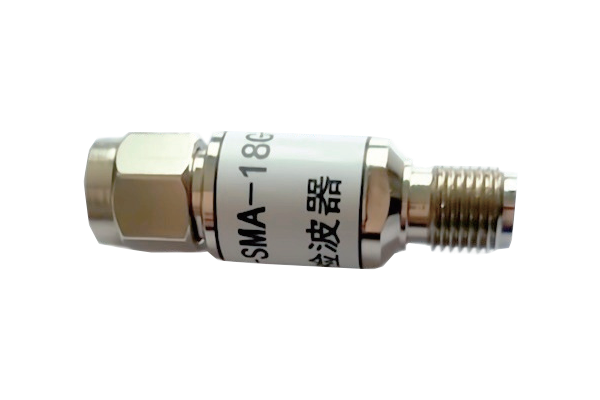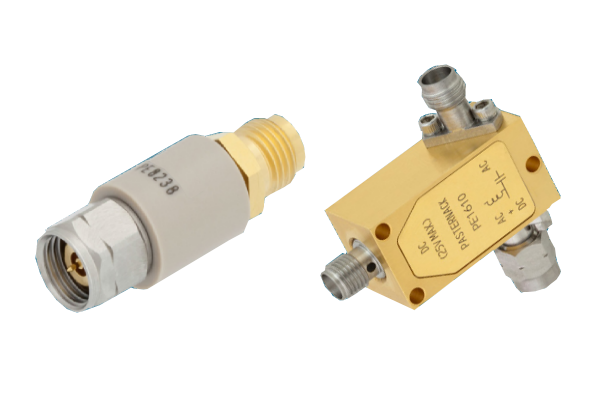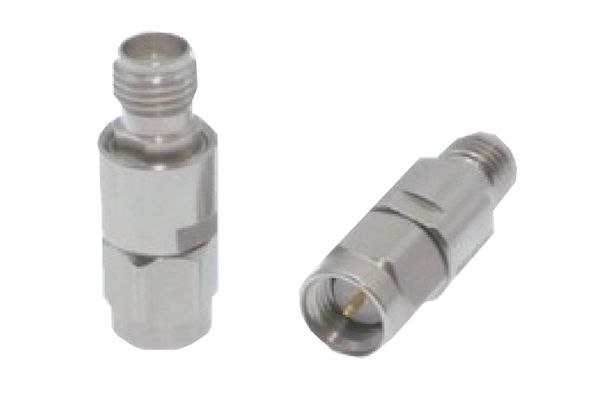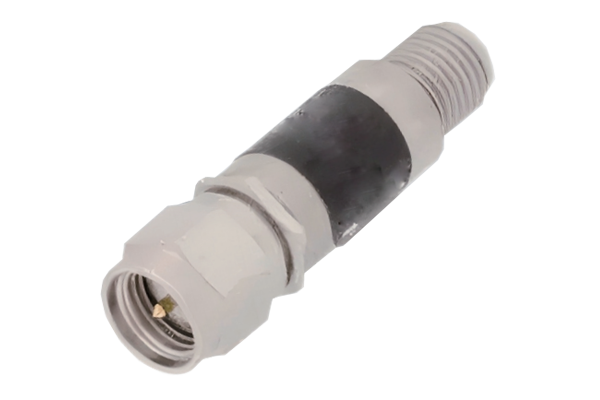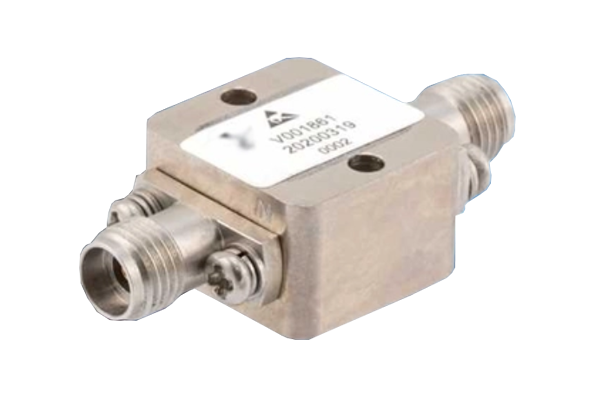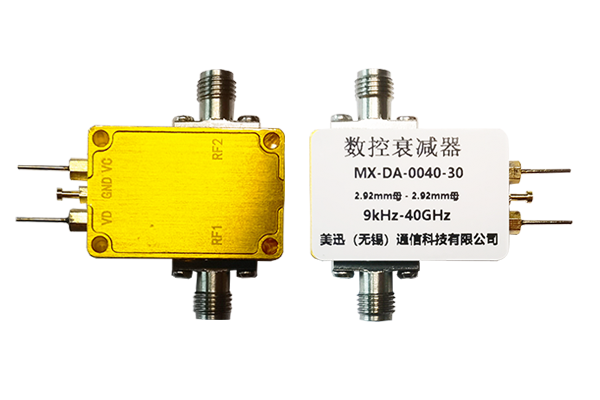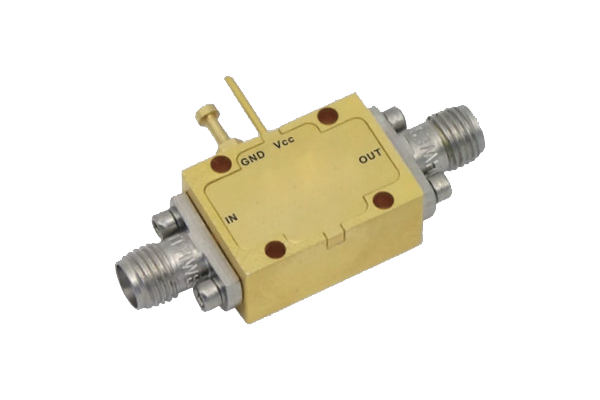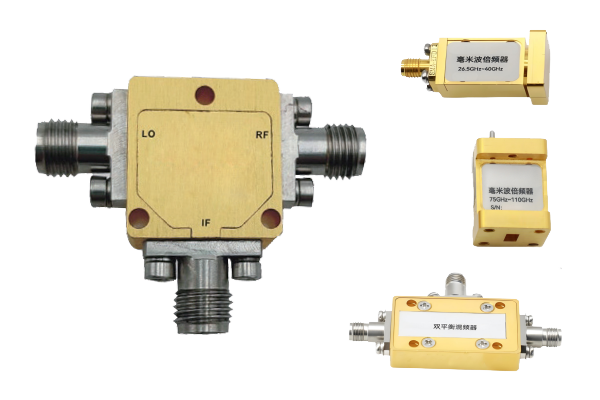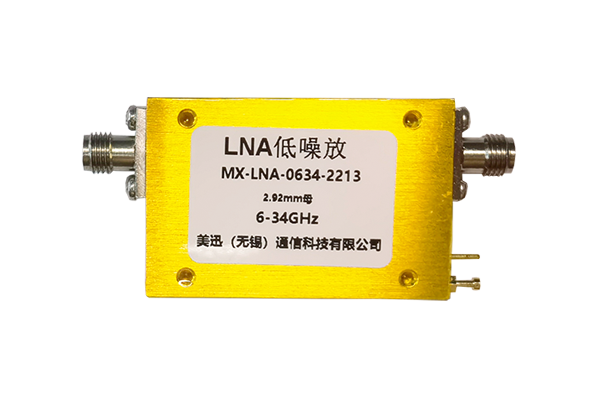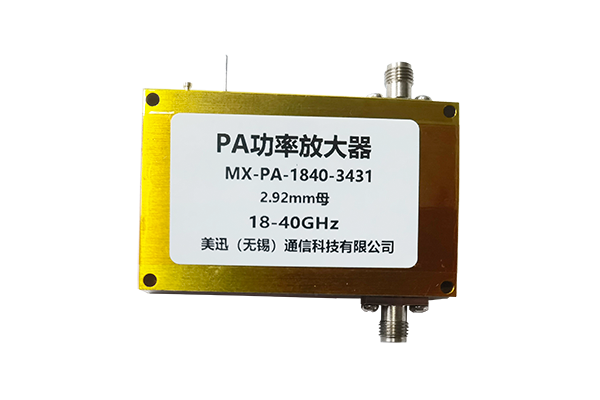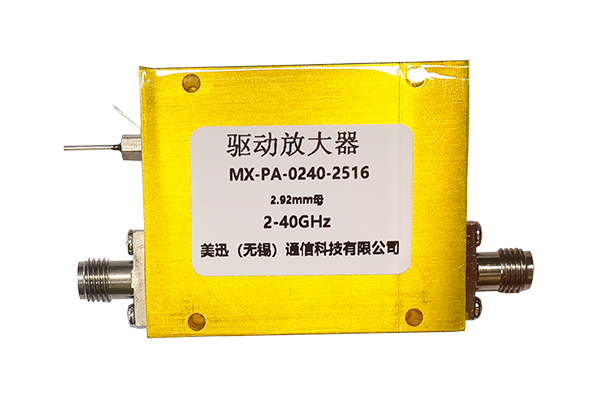How do coaxial switches handle high - power signals without damage
High-Power Coaxial Switch Technology
1. Heavy-Duty Contact Materials
-
Contacts made from high-conductivity, arc-resistant materials like tungsten, silver, or gold-plated copper
-
Withstand arcing during switching and reduce erosion from high-current pulses
For example, tungsten-carbide inserts in relay contacts can handle kilowatt-level power
2. Enhanced Thermal Dissipation
-
Heat-resistant housings (e.g., aluminum or copper alloys)
-
Thermal interface materials (e.g., graphite pads)
-
Some designs include forced air cooling or heat sinks for continuous use
3. Optimized Gap Design
-
Larger contact gaps and insulated dielectric barriers (e.g., PTFE or ceramic)
-
Prevent electrical breakdown under high voltage
-
Air-dielectric coaxial structures reduce dielectric heating for higher power handling
4. Slow-Contact-Closure Techniques
-
Gradual contact engagement (e.g., using dampers or spring-loaded mechanisms)
-
Minimizes inrush currents and arcing
-
Protects contacts from instantaneous power surges
5. Overcurrent Protection
-
Built-in fuses, current limiters, or crowbar circuits
-
Prevents catastrophic failure during faults
-
Some include real-time power monitoring to adjust operation
6. High-Power Ratings
-
Rated for specific power levels (e.g., kW for radar, MW for industrial)
-
Design margins to handle transient spikes
Military-grade coaxial switches may have power ratings 2–3 times higher than nominal operating levels
These features ensure coaxial switches maintain integrity in high-power environments like radar transmitters, industrial welding systems, or satellite communications, where signal strength and reliability are critical.



